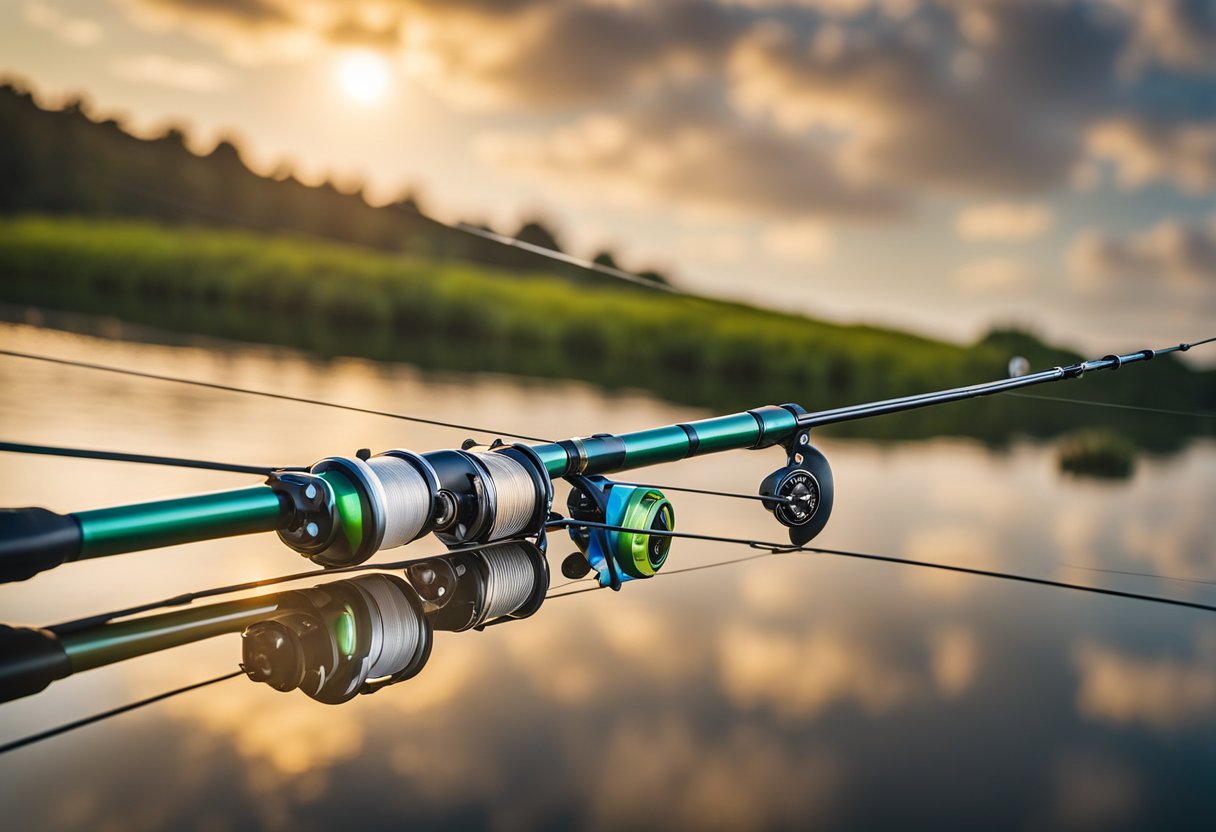When it comes to kite fishing, choosing the right fishing line is critical. The fishing line is the link between the angler and the fish, and it is what determines whether or not the catch is successful. There are many different types of fishing line available on the market, each with its own set of advantages and disadvantages. This article will provide tips for choosing the right fishing line for kite fishing rigs.
One of the most important factors to consider when choosing a fishing line is its strength. The fishing line must be strong enough to withstand the weight of the kite, the bait, and the fish. If the fishing line is too weak, it will break under the strain, and the catch will be lost. On the other hand, if the fishing line is too strong, it will be too heavy for the kite to carry, and the kite will not fly properly.
Understanding Kite Fishing Line Characteristics

Line Strength and Durability
When choosing a fishing line for kite fishing rigs, it is important to consider the strength and durability of the line. The line should be able to withstand the weight of the bait and the fish without breaking. A higher pound test line is recommended for larger fish, while a lower pound test line can be used for smaller fish.
Durability is also important, as kite fishing can put a lot of stress on the line. Look for lines that are abrasion-resistant and can withstand exposure to saltwater and UV rays.
Line Diameter and Visibility
The diameter of the line can affect its visibility in the water. Thicker lines are more visible to fish, while thinner lines are less visible and can be used when fishing in clear water.
It is also important to consider the color of the line. A clear or translucent line can be less visible to fish, while a colored line can be more visible. However, be aware that some fish may be able to detect certain colors, so choose a line color based on the type of fish you are targeting.
Line Stretch and Sensitivity
The amount of stretch in the line can affect its sensitivity. A line with more stretch can absorb the shock of a fish biting, but may make it harder to feel the bite. A line with less stretch is more sensitive, but can also break easier if there is a sudden jerk or pull.
Consider the type of fishing you will be doing and choose a line with the appropriate amount of stretch and sensitivity. A braided line is typically more sensitive than a monofilament line, but also has less stretch.
By understanding these characteristics of kite fishing lines, anglers can make an informed decision when choosing the right line for their kite fishing rig.
Matching Line to Kite Fishing Conditions

When choosing the right fishing line for kite fishing rigs, it’s important to consider the specific conditions you’ll be fishing in. This includes weather and wind conditions, as well as the species you’re targeting and the size of your bait.
Weather and Wind Conditions
The weather and wind conditions can have a significant impact on the type of fishing line you should use for kite fishing. In general, a heavier line is better suited for windy conditions, as it will be less affected by the wind and will help keep your bait in place. A lighter line, on the other hand, is better for calm conditions, as it will allow your bait to move more naturally in the water.
Target Species and Bait Size
The species you’re targeting and the size of your bait will also play a role in determining the best fishing line for your kite fishing rig. If you’re targeting larger fish, you’ll want to use a heavier line that can withstand the weight and strength of the fish. If you’re using larger bait, such as live bait or larger lures, you’ll also want a heavier line to support the weight of the bait.
On the other hand, if you’re targeting smaller fish or using smaller bait, a lighter line may be more appropriate. This will allow the bait to move more freely in the water and will be less likely to scare off the fish.
Overall, when matching line to kite fishing conditions, it’s important to consider the specific factors that will impact your fishing experience. By choosing the right fishing line for your conditions, you can increase your chances of success and enjoy a more productive and enjoyable fishing trip.





